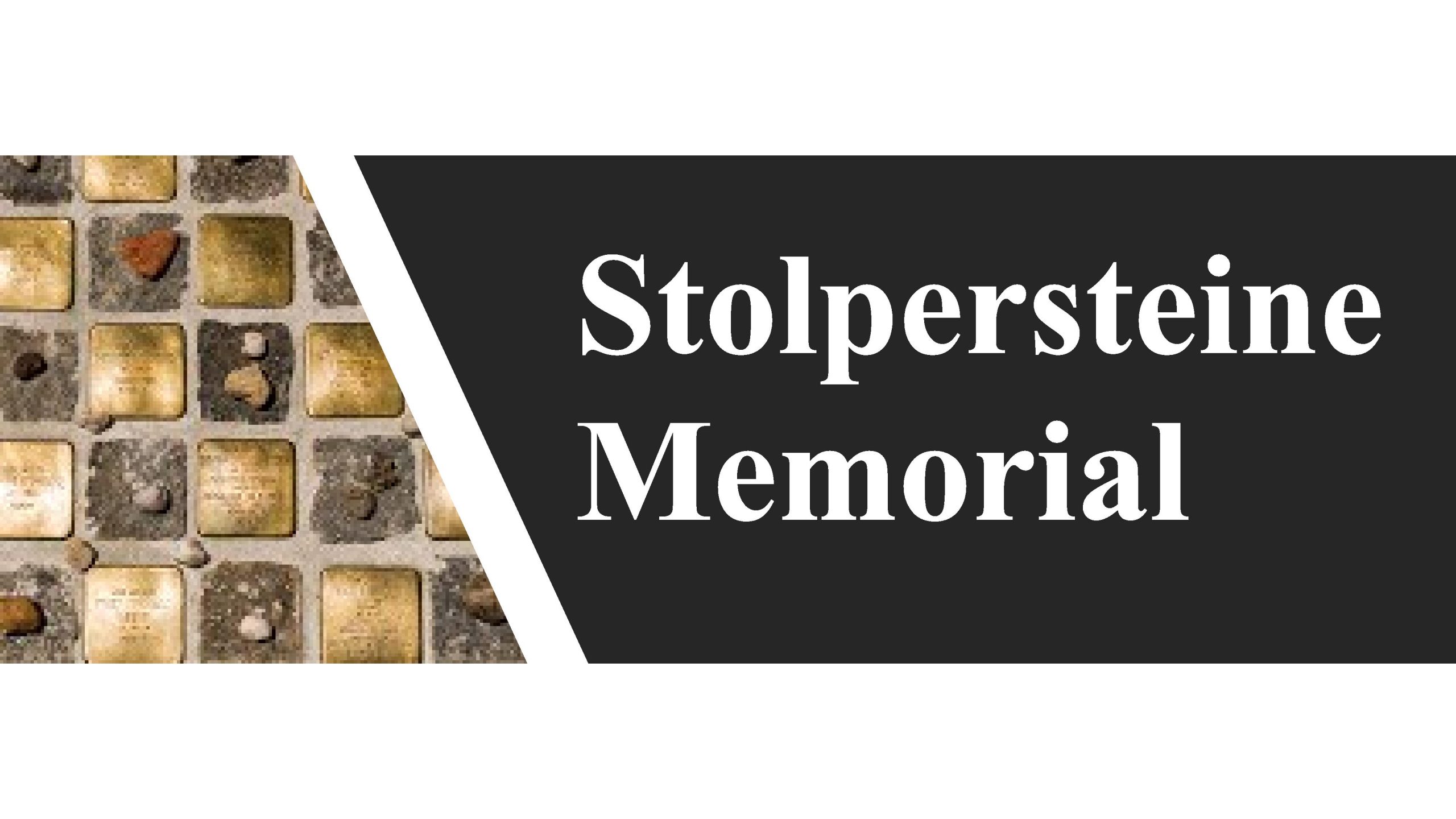What is a Stolpersteine?
The German word Stolpersteine, translated into English, means stumbling stones. Commemorative Stolpersteine have been placed in many cities throughout Europe to honor the victims of the Holocaust. That includes both those who were killed, as well as those who survived.
